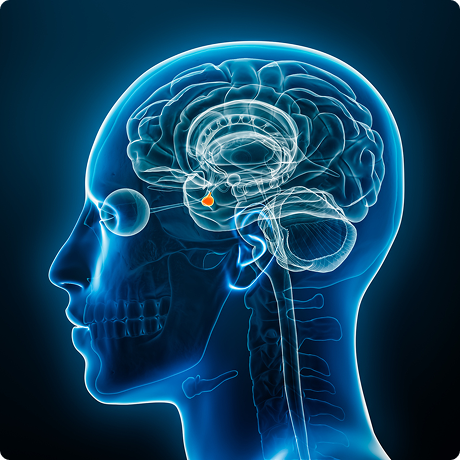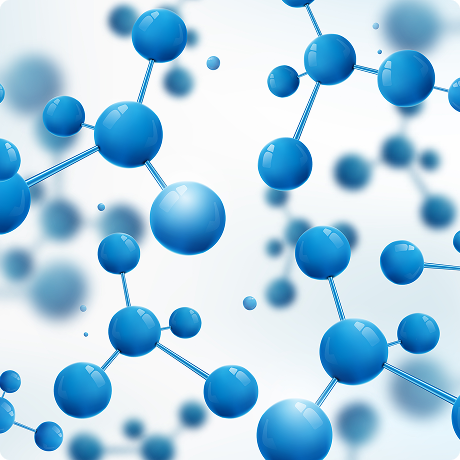Cushing Syndrome is a rare disorder caused by prolonged exposure to excess glucocorticoids. There are two types of Cushing Syndrome: exogenous (caused by factors outside the body) and endogenous (caused by factors within the body). The symptoms for both are the same.1,2


Endogenous Cushing Syndrome is rare, with an incidence of 0.7–2.4 per million population per year.2
Clinical presentation can be highly variable, and establishing the diagnosis can often be difficult. Most common signs and symptoms: 1,2
Clinical presentation can be highly variable, and establishing the diagnosis can often be difficult. Most common signs and symptoms: 1,2
Clinical presentation can be highly variable, and establishing the diagnosis can often be difficult. Most common signs and symptoms: 1,2
Clinical presentation can be highly variable, and establishing the diagnosis can often be difficult. Most common signs and symptoms: 1,2
Clinical presentation can be highly variable, and establishing the diagnosis can often be difficult. Most common signs and symptoms: 1,2

1. https://www.endocrine.org/patient-engagement/endocrine-library/cushings-syndrome-and-cushing-disease (Last accessed: July 16, 2025)
2. Sharma ST et al. Cushing’s syndrome: epidemiology and developments in disease management. Clin Epidemiol. 2015 Apr 17;7:281-93.